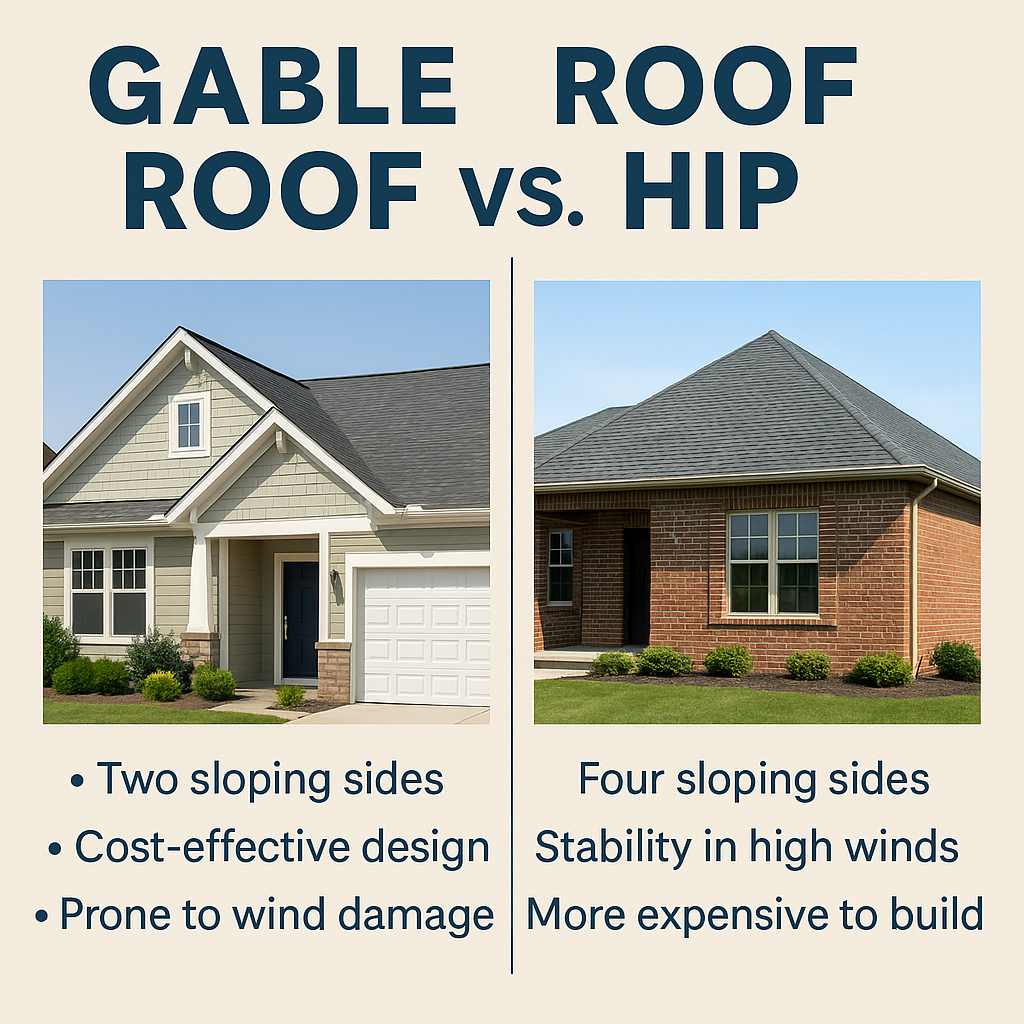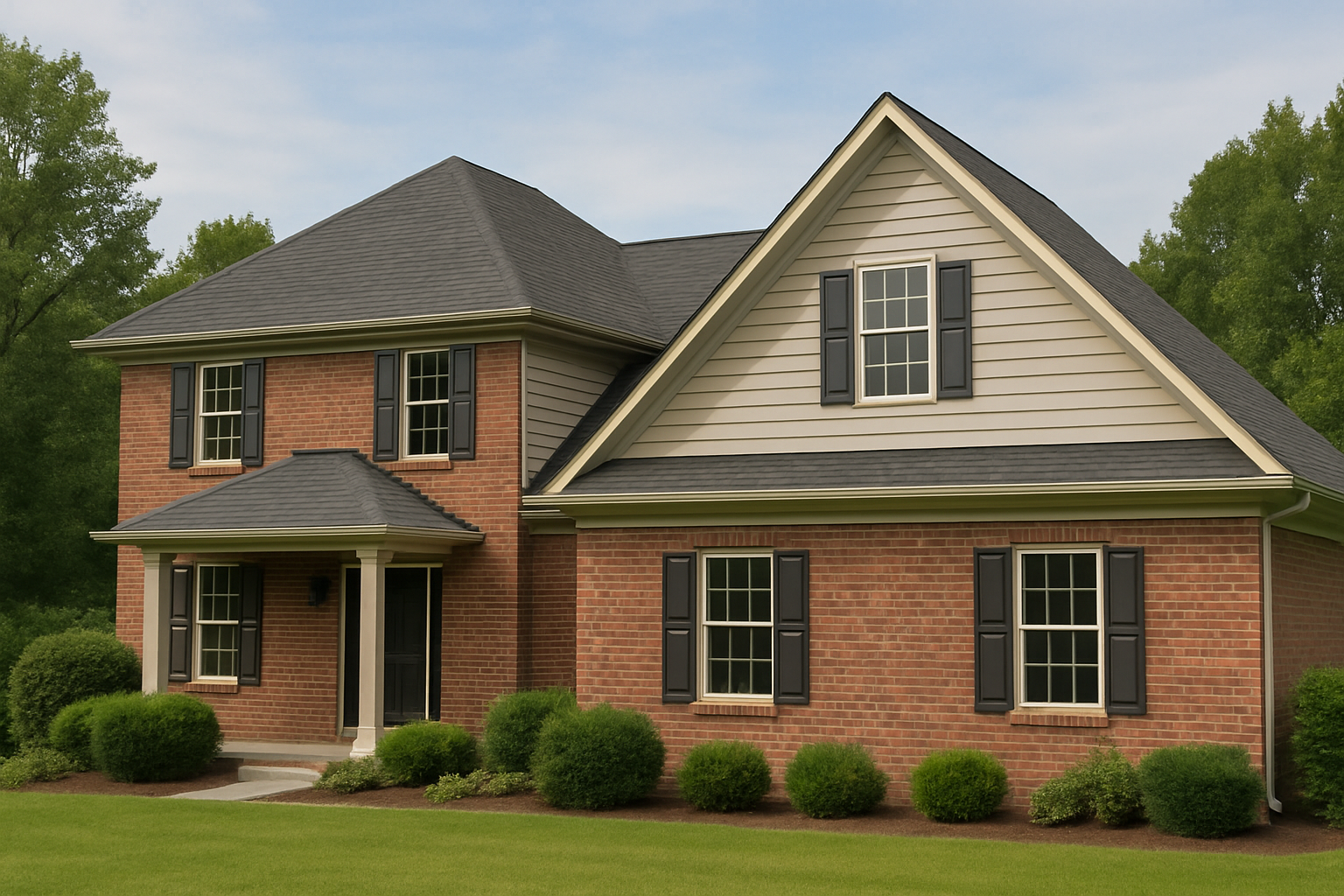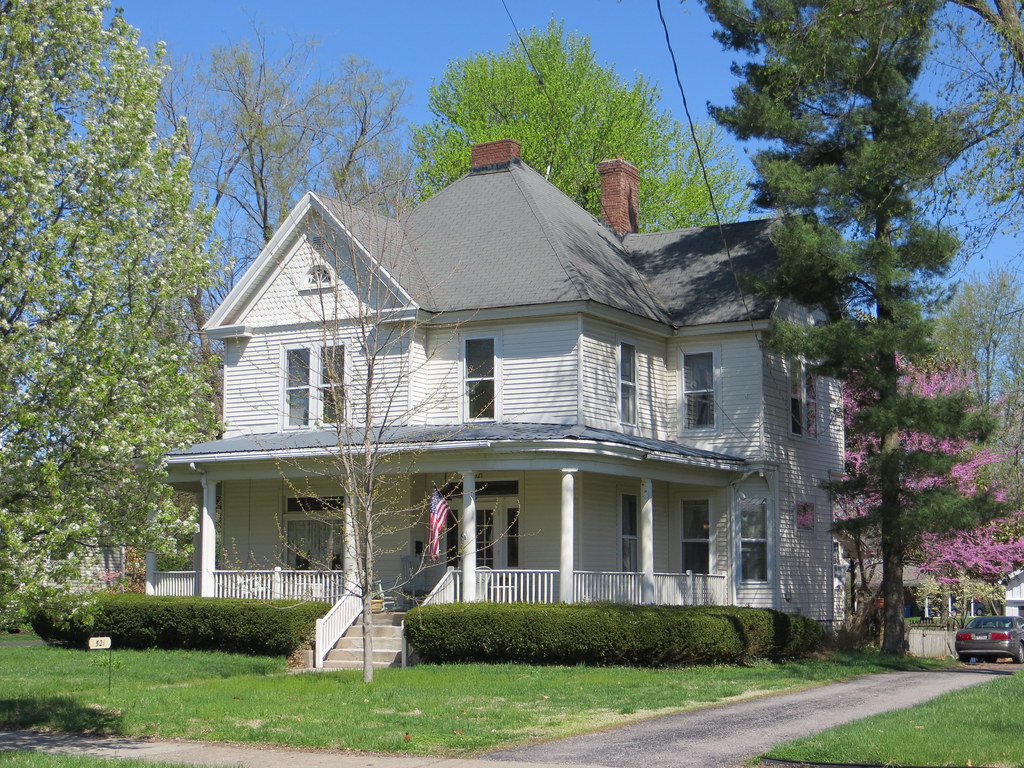614 Exteriors is the ONLY Atlas PRO+™ Diamond Level Contractor in the Greater Columbus Area and only 1 of 3 in the state of Ohio
Learn MoreGable Roof vs. Hip Roof – compare these two popular roof styles. Learn the key differences, pros and cons, cost implications, and how to choose the right roof.

Selecting the right roof style for your home is a critical decision that impacts both durability and curb appeal. Two of the most popular options are the gable roof and the hip roof. Each has distinct structural characteristics and benefits. In this comparison, we will explore gable roof vs. hip roof differences, weigh their pros and cons, and discuss which option might be best for your situation. As an experienced Roofing Company, 614 Exteriors has worked with both designs and understands what makes each roof style unique.
A gable roof has two sloping sides meeting at a peak (ridge) and vertical walls at each end (the gables). By contrast, a hip roof has slopes on all four sides and no gable walls, forming a roughly pyramid shape. In simple terms, a gable roof has two roof planes and flat triangular ends, while a hip roof has four roof planes and no flat ends. This basic shape difference leads to some important differences in performance and construction, which we’ll explore below.

The design of a hip roof – with slopes on all four sides – gives it superior stability, especially in high winds. There are no broad, flat gable ends for wind to catch, and studies confirm that four-sided roofs withstand hurricane-force winds better than gable roofs. Simply put, a well-built hip roof is less likely to suffer storm damage, offering greater peace of mind in extreme weather.
Gable roofs are simpler and usually cheaper to build, while hip roofs are more complex and generally cost more. (For a cost breakdown, see our guide on How much does it cost to put a roof on a 2000 sq ft house?.)
Hip roofs are generally stronger than gable roofs because the four-sided design is self-bracing. In high winds, a well-built hip roof is less likely to fail than a gable roof with flat ends. However, any roof’s strength also depends on construction quality – a poorly built hip roof can still fail, and a well-built gable roof can hold up fine. Whatever style you choose, use good materials and work with experienced professionals to ensure the roof is optimized for your climate and built to code.

Here are a few final considerations to help you determine which roof style is right for you:
Also remember, no roof is completely invincible – severe weather can damage any roof, so plan on periodic inspections and timely Storm Damage Roof Repair if needed.
In the end, both gable and hip roofs will protect your home well when properly built. Focus on what fits your practical needs and your home’s style, and make sure to use quality materials and workmanship.
If you’re still unsure which to choose, 614 Exteriors is ready to help with expert advice and top-quality Roof Installation.